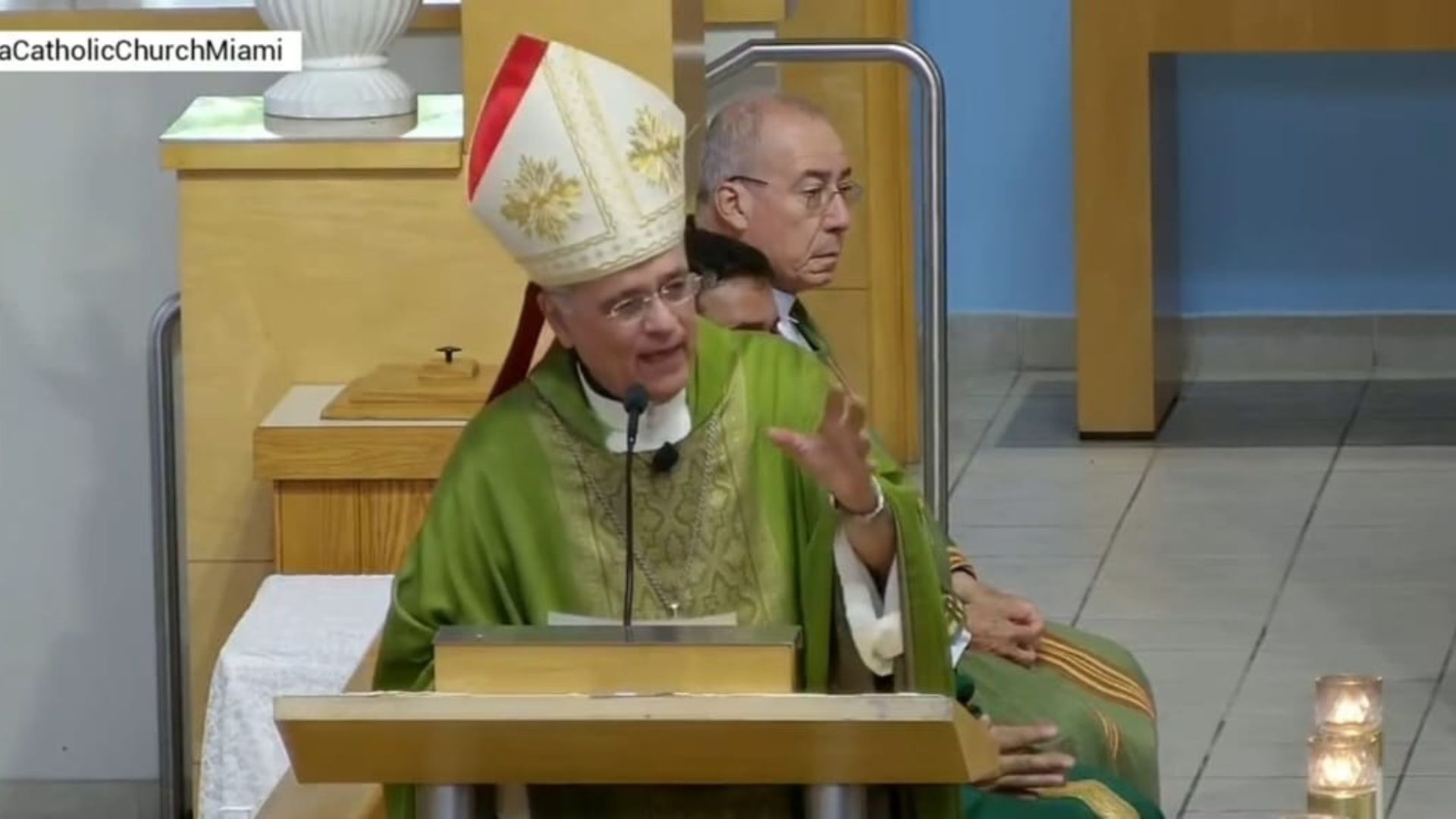L
he recent history of Peru can be summed up in three national elections where Mrs. Keiko Fujimori loses, against Ollanta Humala, Pedro Pablo Kuczynski and, finally, Pedro Castillo. Three governments that went from bad to worse. Humala, who came to power with the support of the left, but in the end was coopted on the right; Kuczynski, the best prepared candidate Peru has ever had, Vargas Llosa dixitwho was a good financier, but a lousy politician and had to resign, harassed by the Fujimori mafia, finally, Pedro Castillo, survived a year and a half, involved in conspiracies, ineptitude, blackmail, corruption and the permanent harassment of Congress and the right who tried to vacate it.
However, Peru grew in those years at a rate of 5 percent, and even a few weeks ago it did so at 3 percent, despite the pandemic crisis. Peruvians go their own way, working and surviving, while the political class in the capital shouts, torpedoes and betrays at ease.
There are many fractures that Peru has: social, racial, cultural, linguistic, economic, geographical, political and many others. In this space we will refer to the political fractures of recent decades.
Unlike other latitudes, in Peru there is no political center, let alone candidates or leaders who represent it and have a certain social base. There is a divided right, represented by oligarchs, new rich, opportunists and religious enlightened. And a left that goes from the extreme terrorist, in the style of the Shining Path, to the popular urban, peasant and unionist left; the regional powers of a leftist sign; the so-called democratic left and the so-called caviars, of an intellectual, professional nature and linked to universities and NGOs.
This fractionation materializes at the electoral level in some twenty political parties that decide the composition of Congress and an Executive that comes to power, in the second round, extremely weakened. It is the case that a right-wing president, like Kuczynski, is massacred by the Fujimori right-wing and a left-wing president, like Castillo, is torpedoed by the same party that brought him to power and prevents an alliance with the caviar left that could have provided technicians and professionals in important ministries.
However, this is a scenario where the vote and the winner are respected, even by a minimal difference, which is typical of the second round, but anything can happen, such as a character like Castillo who never he thought, he did not imagine, nor was he prepared to be president.
Peru moves on the razor’s edge, but the constitutional order prevails. Even in very critical moments, the military have remained waiting, but without intervening, despite the multiple calls from the right for them to carry out a coup d’état.
In the midst of the rancor and political chaos, several lifeguards designated by the constitution operate. One of them has to do with the presidential structure that has two vice presidencies. Three fuses that can burn and in the end a fourth or fifth can enter to work with the president of Congress in turn.
The first vice presidency is usually a woman, this would be the case of Dina Boluarte. At this time, there is no second vice presidency, because Vladimir Cerrón had been nominated, a regional leader, with a Chavista orientation and leader of the party that nominated Castillo, but who had problems with the law due to corruption issues.
The government of Pedro Castillo, whose only virtue was having won the elections against the right and Keiko Fujimori, depended on Peru Libre, the party that brought him to power, controlled by Cerrón and his bench. A party with an important presence in Congress and that annulled the first two votes to vacate Castillo and that could have saved him from a third vacancy attempt.
So far there are many hypotheses and theories about the reasons that motivated Pedro Castillo to carry out a self-coup and dissolve Congress. However, everyone agrees that this was not his idea and that he was somehow deceived or convinced, which ended in political suicide by violating the Constitution.
In a nation of poor people and where voting is compulsory, for the first time the people had a candidate from the people in the strict sense, not figuratively, a primary school teacher of peasant origin who claimed to represent their interests. That is why there is great discomfort in large sectors of the population who voted for him and are now demonstrating peacefully and violently. These seconds, the right wing, brand them as terrorists. And Dina Boluarte has fallen into that game by taking the army out into the streets.
This reveals another fracture, that of the capital’s centralism that voted for Keiko and the provinces with a high peasant and indigenous component and that voted for Castillo.








